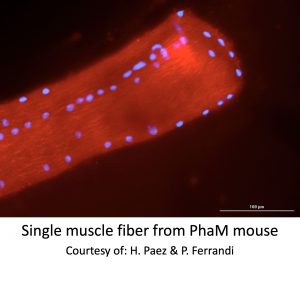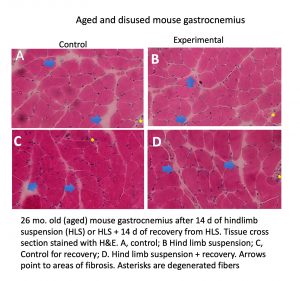Dr. Alway’s laboratory studies aging- and activity-induced changes in structure and function and remodeling in skeletal muscle, and satellite cells (adult muscle stem cells) under loading and wasting conditions. He has used exercise, denervation and muscle disuse in several animal models including rodents and birds and elderly human subjects in these studies. Recent investigations have focused on the genetic regulation of antioxidants and Sirtuin-1 activators as a potential counter measure to reduce muscle wasting using aging animal models and humans. We currently have three primary projects.
Mitochondria. Understanding the role of mitochondria health and abundance in regulating muscle mass in aging and disease. Our data suggest that mitochondria are important for cellular signaling and not just producing energy. Furthermore, mitochondrial dysfunction alters muscle signaling. Our studies are currently addressing a role for activity, disuse, diabetes and aging to modulate mitochondrial-induced signaling in a mitochondria-to-nucleus signaling loop. These studies involve pre-clinical animal models and clinical work in elderly human subjects. We have established a Mitochondrial Function Core (MiFC) for obtaining respiration and reactive oxygen species in isolated mitochondria and in single muscle fibers. Examples of electron micrographs showing muscle ultrastructure including mitochondria from two of our studies in humans i are shown below
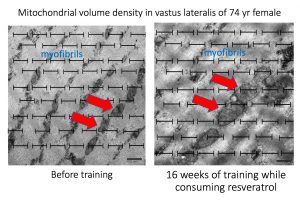
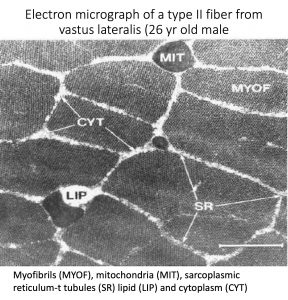
Molecular signaling. In a second area of concentration we are striving to understand the role of genetics, exercise and diet on maintaining muscle health and function. These studies involve working with transgenic mice that we have developed and also obtained muscle function studies in elderly, and obese human subjects. We have found increased nuclear apoptosis in aging muscles by immunocytochemical, qPCR and western blot analysis which appears to be routed in mitochondria health. Our data suggest that with aging, mitochondrial dysfunction leads to targeted apoptosis impaired mitophagy and loss of muscle fibers. Oxidative stress, apoptosis and autophagy signaling were modified by resveratrol and catechins green tea and EGCg.
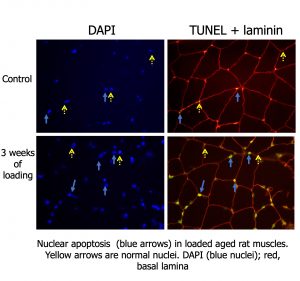
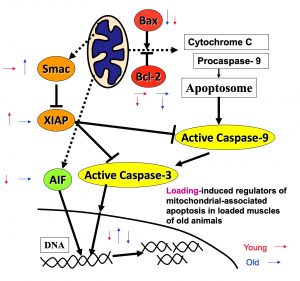
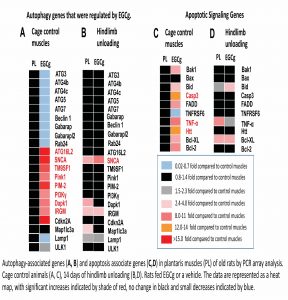
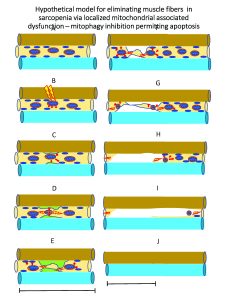
Muscle repair and recovery. Adult muscle stem cells also called satellite cells are essential for muscle repair, and recovery after severe disuse, but aging, obesity, diabetes and other conditions reduces the ability of muscle stem cells (satellite cells) to repair injured muscle properly. In addition, aging increases fibrosis areas which may be a result of poorly functioning satellite cells. These studies are designed to investigate the role of oxidative stress, aging and nutrition and exercise to impact muscle recovery. We are particularly interested in the intereactions between activity and nutritional interventions such as resveratrol (an activator of Sirtuin 1), green tea (which is rich in catechins), genetic regulatoros and and other regulators of satellite cell activated muscle repair.
